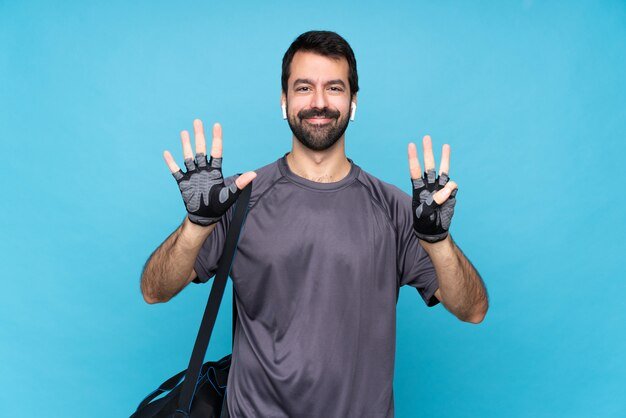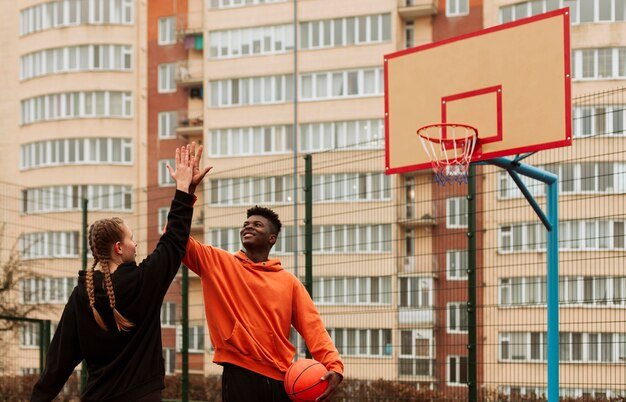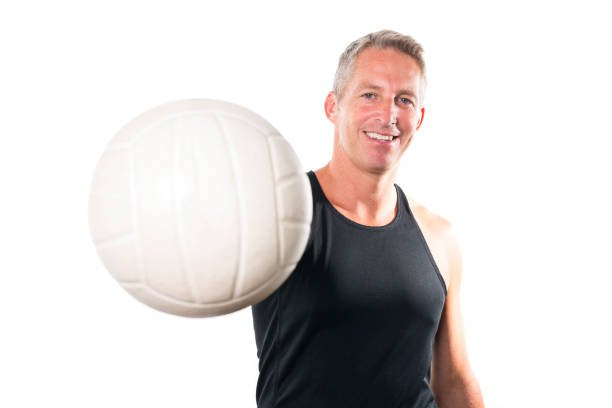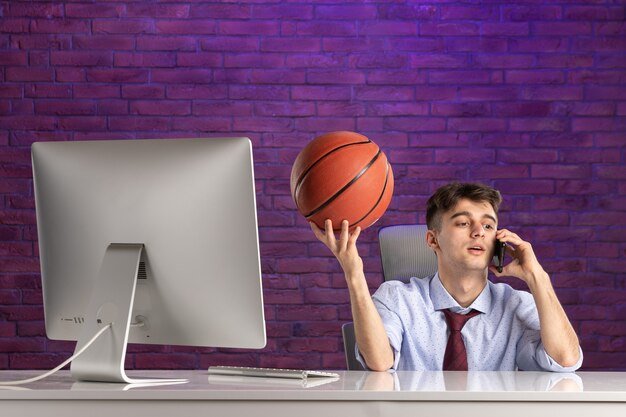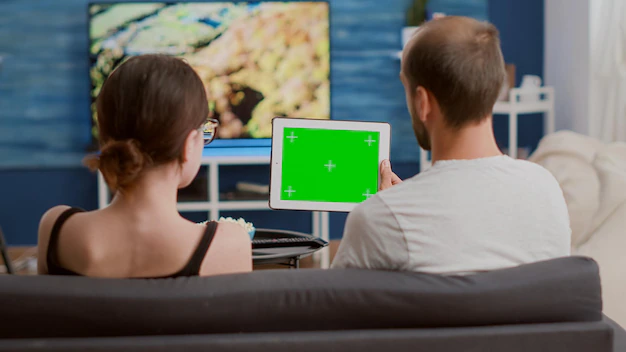Athletes are often celebrated for their physical prowess, but the challenges they face—both visible and hidden—are a testament to their determination and resilience. One such obstacle is trigger finger, a condition that may sound minor but can significantly impact performance, particularly for those in sports requiring precise hand movements. This article explores what trigger finger is, its effects, and how famous athletes have battled and triumphed over this condition to continue excelling in their fields.
What is Trigger Finger?
Trigger finger, medically known as stenosing tenosynovitis, is a condition where one of your fingers gets stuck in a bent position and then snaps straight, resembling the motion of pulling and releasing a trigger. The condition occurs when the sheath surrounding the finger’s tendon becomes inflamed or thickened, restricting smooth movement.
Common symptoms include:
- Stiffness in the fingers, especially in the morning.
- A popping or clicking sensation when moving the affected finger.
- Pain or tenderness at the base of the finger.
- The finger becoming “locked” in a bent position.
For athletes, especially those in sports involving heavy grip use or repetitive hand motions, trigger finger can pose a significant challenge. Sports like tennis, golf, baseball, basketball, and even gymnastics are particularly susceptible to this condition due to the repetitive strain placed on the fingers.
Trigger Finger in Athletes
Athletes rely on their hands for everything from gripping equipment to executing fine motor movements. For those affected by trigger finger, even simple tasks like holding a racket or throwing a ball can become excruciatingly painful and frustrating. This condition can derail a career if not managed properly, making the stories of athletes who overcome it even more inspiring.
Famous Athletes with Trigger Finger
Though trigger finger may not be as widely discussed as other sports injuries like ACL tears or rotator cuff injuries, several famous athletes have experienced and overcome this condition. Here are a few examples:
1. Phil Mickelson (Golf)
Phil Mickelson, one of the most celebrated golfers in history, has faced multiple physical challenges throughout his career, including arthritis. While not widely publicized, his history of joint issues has included bouts of trigger finger. For a golfer, the ability to grip and control the club is paramount. Mickelson’s dedication to managing his physical health through therapy and lifestyle changes has allowed him to maintain peak performance well into his 50s.
Mikhail Youzhny (Tennis)
Mikhail Youzhny, a former top-10 tennis player from Russia, has been open about the toll tennis takes on the hands. The repetitive gripping of the racket and the high-intensity nature of the sport make tennis players prone to trigger finger. Youzhny reportedly experienced symptoms of the condition during his career and managed it with physical therapy and adjustments to his training regimen.
3. Bryce Harper (Baseball)
Bryce Harper, the star Major League Baseball (MLB) player, has encountered various hand-related issues throughout his career. While he hasn’t explicitly been diagnosed with trigger finger, Harper’s frequent hand injuries and their impact on his performance highlight how vital hand health is in baseball. Players like Harper often rely on specialized treatment and surgical interventions to address recurring issues, including tendon problems similar to trigger finger.
4. Serena Williams (Tennis)
Serena Williams, an icon of resilience and power in tennis, has also faced her fair share of hand and wrist issues. Though not confirmed to have trigger finger, her career exemplifies how athletes who experience tendon-related conditions must adapt their training and recovery. Trigger finger remains a frequent concern for tennis players, emphasizing the importance of proactive management.
How Athletes Overcome Trigger Finger
Athletes with trigger finger often turn to a combination of treatments to manage the condition and return to peak performance. These include:
1. Non-Surgical Treatments
- Rest and Activity Modification: Temporarily reducing activities that aggravate the finger can prevent further strain.
- Physical Therapy: Stretching and strengthening exercises for the hand can help improve mobility and reduce stiffness.
- Splints: Wearing a splint can keep the finger in a neutral position, giving the tendon time to heal.
- Anti-Inflammatory Medications: Over-the-counter or prescribed medications can reduce pain and swelling.
2. Corticosteroid Injections
Corticosteroid injections are a common treatment for athletes with trigger finger. These injections reduce inflammation in the tendon sheath, allowing smoother movement. Many athletes have successfully returned to their sport after this minimally invasive treatment.
3. Surgery
For severe cases where non-surgical treatments fail, surgery may be necessary. The procedure, known as a trigger finger release, involves opening the constricted part of the tendon sheath to restore movement. Recovery from surgery can take a few weeks to months, but many athletes return stronger than ever.
4. Preventative Measures
Athletes often adopt preventative measures to avoid the recurrence of trigger finger. These include:
- Warm-up and stretching routines focused on the hands and fingers.
- Ergonomic adjustments to equipment (e.g., using grips that reduce strain).
- Cross-training to minimize repetitive strain on the same tendons.
Lessons from Athletes’ Triumphs
The stories of athletes dealing with trigger finger serve as a source of inspiration and learning for others facing the same condition. Here are a few takeaways:
- Proactive Care is Key: Athletes who address the condition early are more likely to recover fully and avoid long-term complications.
- Adaptation Leads to Longevity: Adjusting training techniques and equipment can make a world of difference in managing the condition.
- Resilience Pays Off: The ability to bounce back from injuries, including trigger finger, is a hallmark of successful athletes.
Conclusion
Trigger finger may not be as high-profile as other sports injuries, but it is a significant challenge for many athletes. By examining the experiences of famous athletes like Phil Mickelson, Mikhail Youzhny, and others, it’s clear that determination and access to proper treatment can help overcome this obstacle.
For aspiring athletes and professionals alike, the key lesson is this: No matter how small or large the challenge, persistence, adaptability, and a commitment to self-care can pave the way for success. Trigger finger may bend the will of a finger, but it can never break the spirit of a true athlete.






